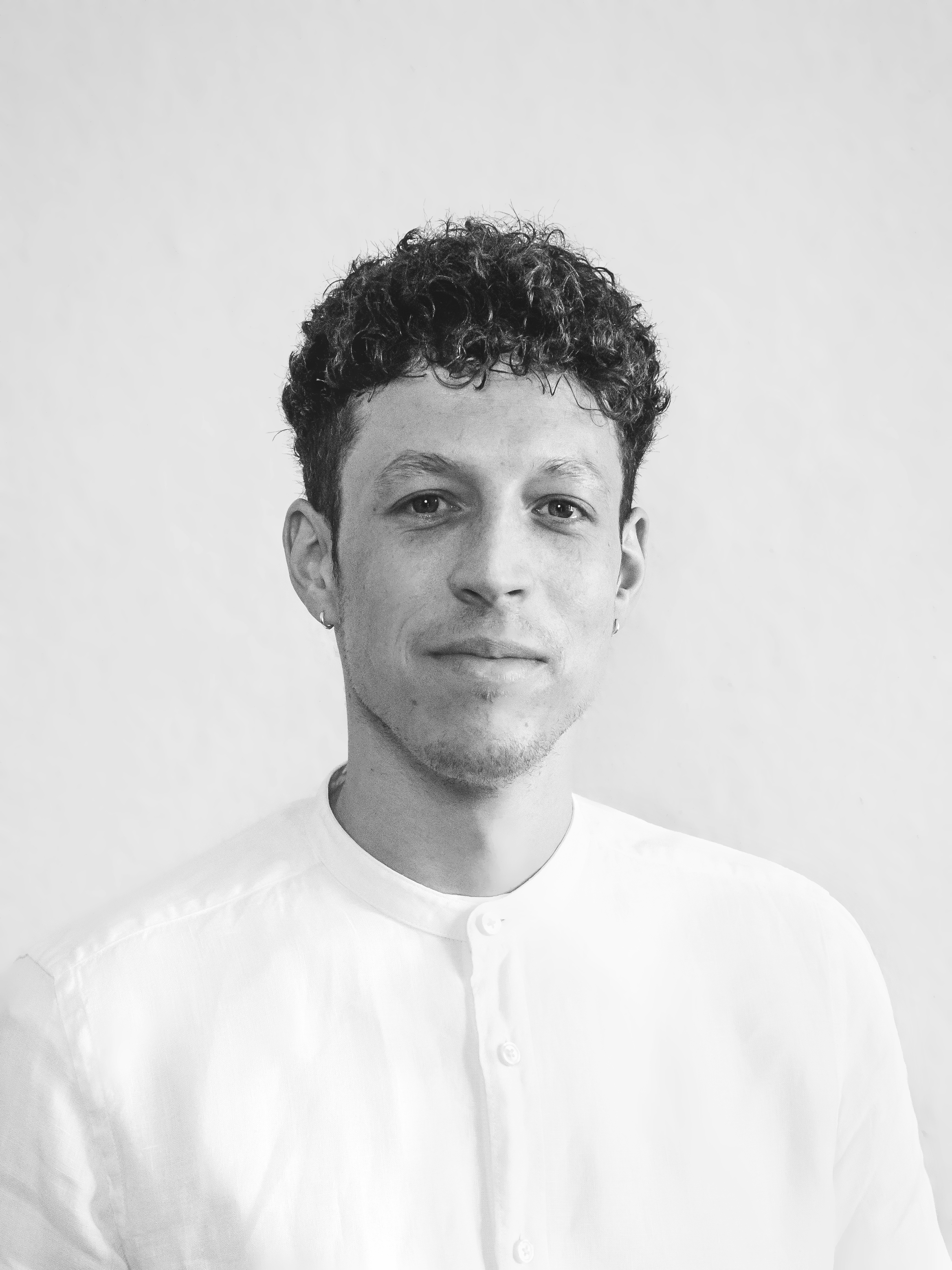Ce qu'il fait
The TrashBoom is a floating barrier to stop plastic waste in rivers and prevent it from entering the oceans. Locally-sourced materials and open source blue prints enable rapid manufacturing and boost local economies while raising awareness within the society.
Votre source d'inspiration
After witnessing plastic waste floating down rivers and ending in the ocean, I read more about plastic pollution to learn that 8-12 million tons of plastic waste are entering the oceans every year - the majority through rivers. With the vision of preventing this process, my best friend and I spent eight months in Indonesia to study river plastic and develop a use-case that approaches the global plastic crisis with a transferrable answer. Ultimately, I designed a scalable, cheap, and simple floating barrier made of locally available materials, making targeting ultra-low-value plastic in developing countries feasible.
Comment ça marche
The TrashBoom performs as a floating barrier to stop or guide plastic waste in rivers. From an abstracted perspective, a TrashBoom cuts the plastic inflow of tributaries from mainstreams. That leads to manageable amounts of plastic being stopped and enables optional tracking of its origin. Every TrashBoom system gets built of several 110cm wide elements that form a modular solution for rivers of multiple sizes. The modules are threaded on steel wires to cover a river as needed and collect plastic in the top 50cm of water level. The steel wires are attached to the riverbank or trees. As every element weighs only 11kg, the setup is relatively easy and achievable independently. 40kg buoyancy per element adds an extra portion of uplift to secure long-term functionality. The main components are a steel frame & wire mesh acting as fence and PVC pipes & caps acting as floaters. The construction is as low-tech as possible and supported by an open-source user manual
Processus de conception
I invented the TrashBoom during an eight-month research and development trip to Indonesia. My best friend supported me, spending weeks together scouting for local materials, rivers, and workshops to find a scalable and feasible solution for the global ocean plastic crisis. While Karsten focused on developing a sustainable business case for long-term impact, I focused on design and construction for short-term implementation. Visiting several cities and islands and learning Bahasa Indonesia gave us an evolved understanding of the local conditions. We integrated ourselves instead of pointing fingers. It was nothing but dedication, as both of us come from unrelated backgrounds (law and graphic design) without any prior knowledge of plastic waste or water engineering. My first version failed due to weakness, but the second prototype already led to the current design. The welded frame is more reliable while still following the identical philosophy. TB2 operates at a tributary of one of the world's most polluted rivers, the Citarum. Today, TrashBooms operate worldwide (Brazil, India, Africa, Indonesia) - around 150 TrashBoom-systems perform in Indonesia alone. As the TrashBoom is open source, the design process is always ongoing. Individuals will adapt them to match their needs.
En quoi est-il différent ?
The TrashBoom is a reasonable solution for a complex global problem, even though collecting river plastic only fights symptoms. The TrashBoom is defined and designed as a first-aid treatment for ocean pollution that even privates can execute until society and the economy adapt and reduce plastic use. Unfortunately, statistics say that plastic consumption will double within five years, increasing the value of immediate action on rivers. Locally-sourced materials enable rapid manufacturing and boost local economies while raising awareness within the society. That saves time, money, and emissions, as no shipments are involved. It also increases scalability, making the solution feasible when targeting ultra-low-value plastics and non-recyclables in waterways. Minimized automation and complexity create jobs and ensure easy maintenance and repair. Open-source blueprints allow re-building and maximize accessibility, transfer of knowledge, and global impact.
Plans pour l'avenir
The blueprint is open source. Everybody can download a 50+ page construction manual to build and improve the TrashBoom according to their individual needs. TrashBooms operate in multiple projects across the globe, and proudly I'm starting to lose count. Until May 2022, TrashBoom-based operations of our Startup "Plastic Fischer" have led to 130 tons of river plastic collected and processed and created more than 40 full-time jobs for locals. Fueled by this experience, I will follow my dedication to designing products for a good purpose. Targeting river plastic, I have two more concepts in mind that would solidify my solution portfolio.
Récompenses
iF Design Talent Award 2022 - Special Award: Best Of The Year



Partager cette page sur